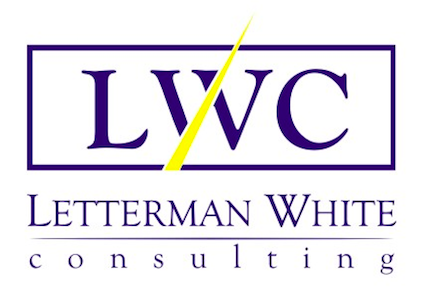In human systems, culture arises from the interplay of all elements within the system, influencing individual and organizational behavior. Systems thinkers agree that systems are inherently complex, dynamic, and transformational.
Donella Meadows defines a system as "an interconnected set of elements that is coherently organized in a way that achieves something." She states that a system consists of elements, interconnections, and a function or purpose. However, the term "purpose" implies intentionality, which isn't always present. Many systems emerge from chance rather than deliberate intent. This notion of an initial "cause" is more rooted in belief than fact.
Margaret Wheatly introduced the idea of "fields," or invisible forces that shape space and behavior. She describes these fields as conscious entities capable of generating and absorbing information, providing feedback, and self-regulating. Wheatly emphasizes "information" as vital for an organization’s survival. Without accurate information, rumors spread and chaos ensues due to a lack of facts.
Danny Burns, contemporaneous with Meadows, valued systems for their ability to help us understand and address complex issues. He focused on intentional action and transformation. Like Meadows, Burns emphasized interconnections, but he also highlighted the importance of the complex relationships between individuals and groups. Additionally, he echoed Wheatly’s focus on reconfiguring "fields'' to address complex issues, rather than relying on individual actions.
Considering these perspectives, it's clear that understanding and managing systems requires a multifaceted approach that balances intentional actions with an awareness of the emergent properties and interconnections within the system. Dynamic Capabilities (DCs) help organizations do that. (1)
Dynamic Capabilities (DCs): Enabling Organizational Adaptation
DCs enable organizations to adapt and thrive in changing environments. They act as ecosystems that interact with external and internal elements to foster adaptation and maintain competitiveness. Unlike ordinary capabilities, which handle static administrative and technical activities, DCs interact with the external environment. They help organizations develop, integrate, and reconfigure resources and processes for a competitive advantage.
DCs combine individual and group capabilities with processes and resources. This combination allows organizations to build, integrate, and reconfigure their resources and competencies, providing a competitive edge. When two or more DCs intentionally recombine, they create internal strength. This strength offers alternative approaches for renewing capabilities, helping organizations respond to external threats and seize opportunities.
Creating a DC System
To create a DC system, organizations need essential inputs: resources, processes, operational capabilities, and environmental factors.
Resources
Organizations must be able to alter, access, and deploy essential resources to sense and seize opportunities and manage threats. Essential resources include:
People capacity and capabilities
Finances
Knowledge
Technology
Time
Social capital
Processes
Processes direct the strategic use of resources. This includes:
Resource allocation
Integration processes that connect a process to a resource
Coordination processes that infuse timing and planning into the use of a resource
Resource development, which involves using resources to develop new resources
Operational Capabilities
Operational capabilities enable the strategic coordination of processes, tasks, people, and resources to achieve specific results, such as creating a DC or a DC system. Examples of DC-relevant operational capabilities include:
Shifting to respond to changes in external or internal environments
Process improvement to create new knowledge and use it strategically
Environmental Factors
Organizations that survive and thrive collect, process, and use knowledge about environmental factors affecting individual and group behaviors and the organization’s ability to achieve its core purpose. They manage risks when noticing threats or weaknesses and seize opportunities when they arise. Key environmental factors include:
Economic changes affecting talent cycles or customers
New entrants and changes in marketplace competitors
New technology that could streamline processes
Internal culture changes that could strengthen or undermine capabilities and operations
Maintaining and Adjusting DC Systems
Organizations must continuously monitor and adjust their DC systems through effective feedback mechanisms and the collective ability to reflect, learn, and adjust strategy, structures, processes, resources, and DCs. Constant monitoring and adjusting ensure a quick response to any changes, maintaining the organization's adaptability and competitiveness.
(1) Vijaya Sunder M & L S Ganesh (2021) Identification of the Dynamic Capabilities Ecosystem—A Systems Thinking Perspective Group & Organization Management Vol. 46(5) 893–930. DOI: 10.1177/1059601120963636journals.sagepub.com/home/gom

